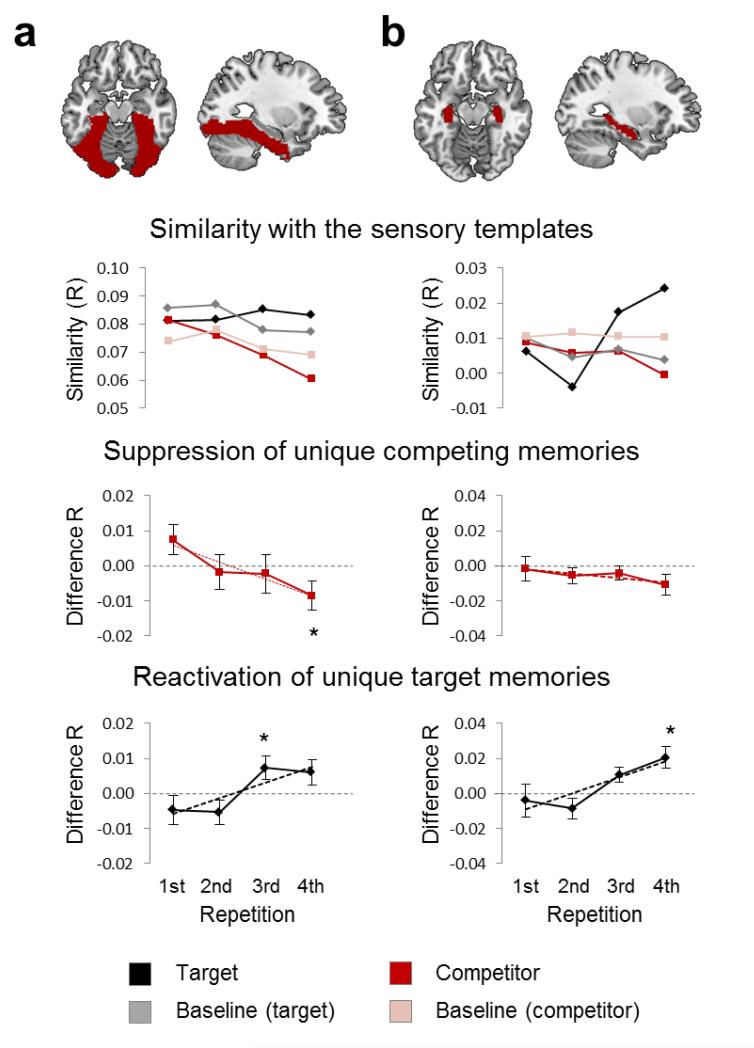Figure 3. Item-specific target reactivation and competitor suppression.
The multivoxel pattern during selective retrieval was extracted and compared with the sensory template patterns in (a) ventral visual cortex, and (b) hippocampus. The first row shows an overlay of the respective anatomical ROIs on a standard MNI brain. The second row shows the raw average correlation (similarity) between selective retrieval activity and the canonical template of the current target (black solid), the templates of non-cued baseline items from the target category (grey dotted), the current competitor (red), and the templates of non-cued baseline items from the competitor category (pink dotted). Along the x-axis, changes in similarity across the four repetitions of retrieving the same target memory are shown. The third row shows mean competitor-related (red) similarity, subtracting similarity with the respective baseline templates (mean +/− SEM across single subject estimates), along with the average of the best linear fit (ML estimates) across participants. The bottom row shows the same baseline-corrected measures for target-related (black) similarity. Evidence for item-specific memory reactivation or suppression is indicated by a significant (p < .05, indicated by asterisks) deviation from zero difference.

